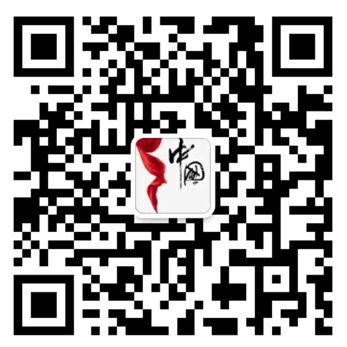
Mojiang Hani Autonomous County (墨江哈尼族自治县; pinyin: Mòjiāng hānízú Zìzhìxiàn) is an autonomous county under the jurisdiction of Pu'er Prefecture, Yunnan Province, China. It is in the south of Yunnan province, the east of Pu’er prefecture. There is 350 kilometers from the north of it to Kunming city.
Mojiang Hani Autonomous County is a multi-cultural city with many ethnic minority groups. They live together harmoniously and retain their cultural legacy and life practices. When you travel to Mojiang Hani Autonomous County, you can buy much things as Pu’er or Pu-erh Tea(普洱茶), Hani Ethnic Group Clothes(哈尼服饰), Pu’er Coffee(普洱咖啡), Mojiang Purple Rice(墨江紫米)and so on.
Pu’er or Pu-erh Tea(普洱茶)
Pu-erh or Pu'er is a variety of fermented and aged dark tea produced in Yunnan province, China. Fermentation in the context of tea production involves microbial fermentation and oxidation of the tea leaves, after they have been dried and rolled. This process is a Chinese specialty and produces tea known as Hei Cha (黑茶), commonly translated as dark, or black tea (this type of tea is different from what in the West is known as "black tea", which in China is called "red tea" 红茶). The best known variety of this category of tea is Pu-erh from Yunnan Province, named after the trading post for dark tea during imperial China.
Pu'er traditionally begins as a raw product known as "rough" Mao Cha (毛茶) and can be sold in this form or pressed into a number of shapes and sold as "raw" Sheng Cha (生茶). Both of these forms then undergo the complex process of gradual fermentation and maturation with time. The Wo Dui fermentation process (渥堆) developed in 1973 by the Kunming Tea Factory :206 created a new type of pu-erh tea. This process involves an accelerated fermentation into "ripe" Shu Cha (熟茶) which is then stored loose or pressed into various shapes. The fermentation process was adopted at the Menghai Tea Factory shortly after and technically developed there. The legitimacy of shu cha is disputed by some traditionalists in contrast to aged teas. All types of pu-erh can be stored to mature before consumption, which is why it is commonly labelled with year and region of production.
Hani Ethnic Group Clothes(哈尼服饰)
The traditional clothing of the Hani is made with dark blue fabric. The men dress in short jackets and in long wide pants. They also wear white or black turbans. The women dress depends on which clan they belong to. There is no gender difference in the clothing of children under the age of seven.
Pu’er Coffee(普洱咖啡)
When you hear “China” and “coffee” mentioned in the same sentence, it is usually regarding the booming coffee market in the traditionally tea-drinking country. Less well-known is the fact that coffee is actually grown in China. It is predominantly low-quality arabica used in instant coffee, grown in full sun using high chemical inputs, and the Chinese government is aggressively promoting the expansion of thousands of hectares of coffee production.
Coffee has been grown in Yunnan since the late 1800s, but on a relatively small scale. There was a resurgence in the late 1960s, but today’s Chinese coffee revival was orchestrated in the 1980s by the Chinese government, the United Nations, and at least one large multinational roaster. Very high import tariffs combined with millions of potential new coffee consuming customers has prompted roasters to source coffee from within the country.
Mojiang Purple Rice(墨江紫米)
Black rice (also known as longevity rice and purple rice) is a range of rice types of the species Oryza sativa L., some of which are glutinous rice. Varieties include Indonesian black rice and Thai jasmine black rice. Black rice is high in nutritional value and is a source of iron, vitamin E, and antioxidants (more than in blueberries). The bran hull (outermost layer) of black rice contains one of the highest levels of anthocyanin antioxidants found in food. The grain has a similar amount of fiber to brown rice and, like brown rice, has a mild, nutty taste. In China, black rice is claimed to be good for the kidney, stomach and liver. Black rice has a deep black color and usually turns deep purple when cooked. Its dark purple color is primarily due to its anthocyanin content, which is higher by weight than that of other colored grains. It is suitable for making porridge, dessert, traditional Chinese black rice cake or bread. Noodles have been produced from black rice. Thai black jasmine rice, while not as prevalent as the white and brown varieties, adds more vibrant color to meals, as well as providing additional health benefits.
You will only receive emails that you permitted upon submission and your email address will never be shared with any third parties without your express permission.
